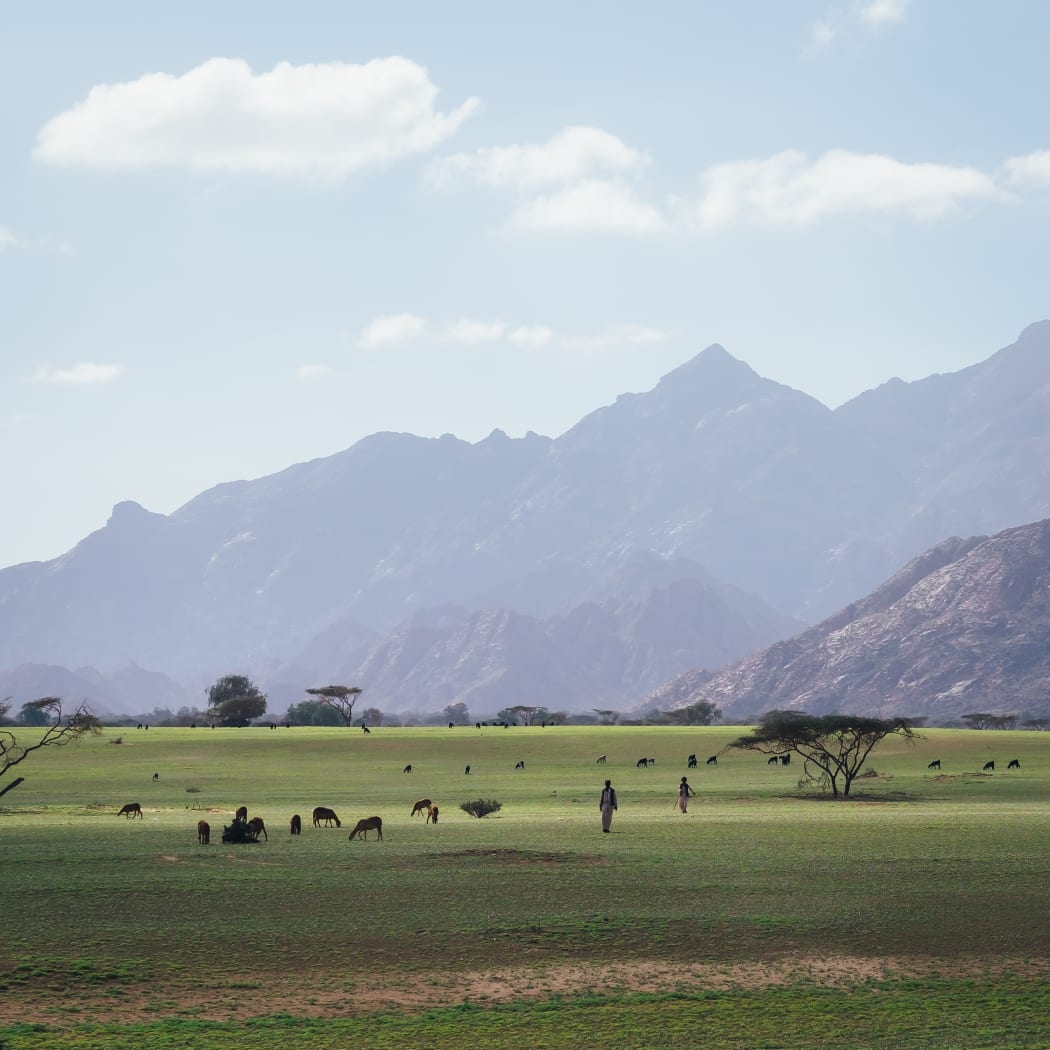
With the independence of Sudan in 1956, both Egypt and Sudan claimed sovereignty over the area. Since the mid-1990s, Egypt has exercised de facto effective administration of the area as part of the Red Sea Governorate, following the deployment of Egyptian military units there, and has been actively investing in it.
The land is inhabited by the Bisharia bedouin, they call it Elba, after Gebel Elba (Mountain Elba in Arabic).
Bisharia bedouins are nomads living in the area between the Nile and the Red Sea, in the vicinity of Southern Egypt and north Sudan. They are a subgroup of the Beja people who are bilingual in Beja and Arabic. They call themselves "sons of the Jinns", they were constantly at war with the Romans. In the Middle Ages, they were known as Beja, and convoyed pilgrims from the Nile valley to Aidhab, the port of embarkation for Jeddah. They have acted as guides to caravans through the Nubian desert and up the Nile valley.
What makes Elba unique for them is that, although it is well within the Saharan region, it has an unusually high rainfall. This is caused by a combination of prevailing the north east rain bearing winds, a bend in the coastline which causes the coast to align itself across the path of these wind currents, and the mountain range which forces the moist clouds upwards. This causes cooling, condensation and finally precipitation. The area's relatively high precipitation levels, combined with the cooler temperatures of the higher altitudes, sustain a surprising variety of wildlife. An astonishing 458 species of plant, forty species of birds, thirty species of reptiles, and twenty three species of mammal have been recorded in Halayeb triangle.